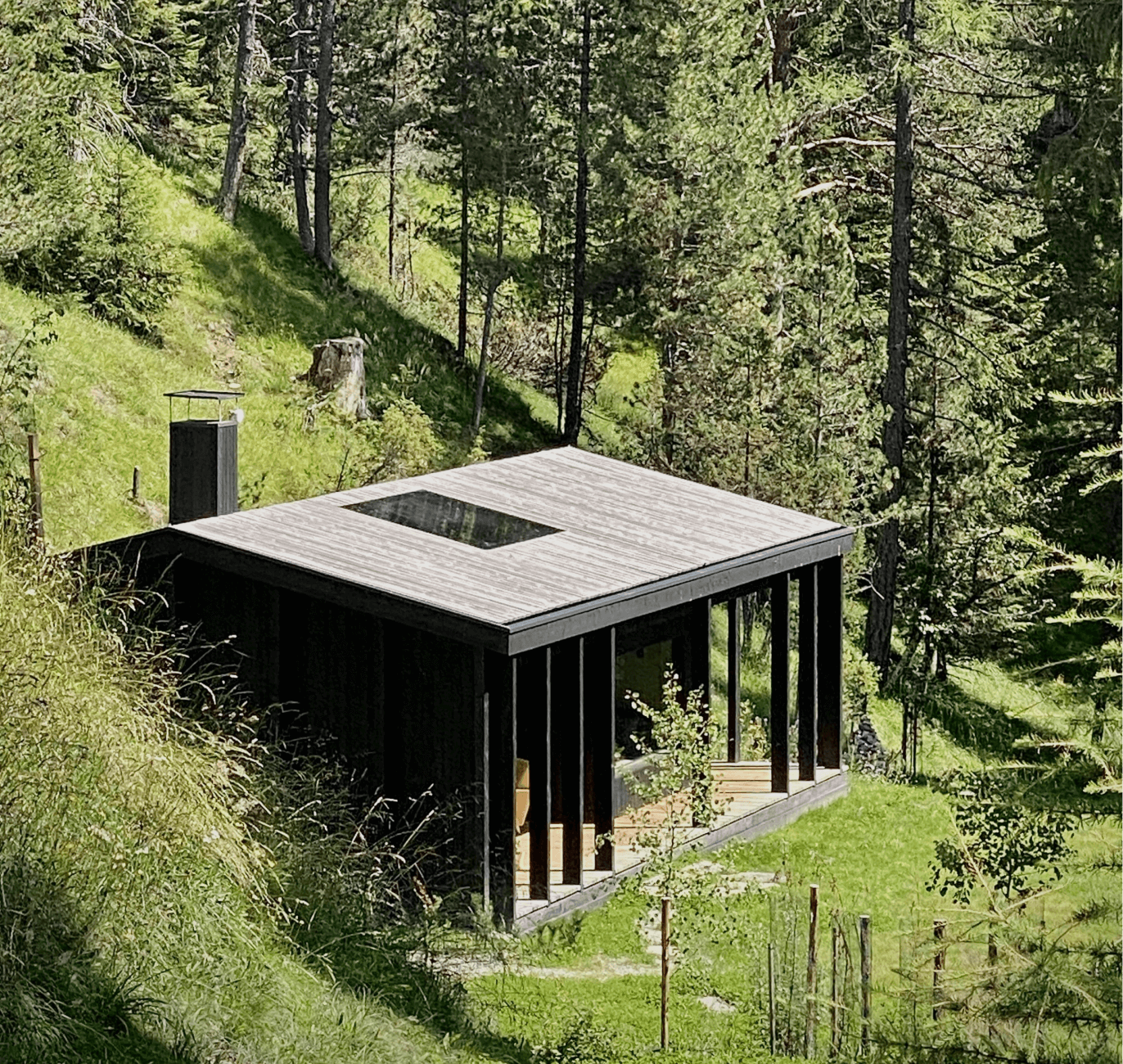In the realm of architecture, a profound shift is underway—one that transcends mere aesthetics and functionality. Architects, driven by a commitment to holistic well-being, are increasingly weaving the soothing embrace of nature into the fabric of their designs. Join us on a journey exploring the art of wellness-driven architecture, where the integration of nature becomes a transformative force in the built environment.
The Biophilic Symphony
At the core of this movement is the concept of biophilia, recognizing humanity’s innate connection to nature. Architects are harnessing this connection to create spaces that go beyond traditional design paradigms, aiming to enhance the physical and mental well-being of occupants.
1. Bringing the Outdoors In: Embracing Biophilic Elements
Imagine stepping into a space where the boundaries between indoors and outdoors blur seamlessly. Architects are achieving this by incorporating large windows that frame natural vistas, indoor gardens, and the use of organic materials like wood and stone. These elements not only enhance visual appeal but also foster a sense of connection with the natural world.
2. Green Roofs and Living Walls: Vertical Nourishment
Green roofs and living walls are emerging as not only eco-friendly choices but also transformative features for well-being. Picture a rooftop adorned with vibrant greenery or a wall transformed into a cascading garden—these elements not only enhance aesthetics but also contribute to improved air quality, fostering a sense of tranquility.
3. Nature-Inspired Architecture: Echoes of the Environment
Nature has long been an inspiration for architects. From mimicking natural forms to adapting principles of natural ventilation, architects are leveraging the efficiency and beauty found in nature to create structures that seamlessly blend with their surroundings.
The Wellness Spectrum: Nurturing Both Body and Soul
4. Daylighting: Illuminating Well-being
Natural light, a cornerstone of wellness-focused architecture, goes beyond aesthetics. Daylighting, strategically using natural light, not only reduces energy consumption but also positively influences circadian rhythms and mood. Architects are prioritizing building orientation, window placement, and reflective surfaces to maximize exposure to natural light.
5. Therapeutic Gardens: Outdoor Havens
Architects are extending the wellness experience beyond buildings into outdoor spaces. Carefully designed therapeutic gardens, with thoughtfully chosen plants, sensory stimulation, and accessibility in mind, offer occupants a retreat into nature. These spaces promote relaxation and mental well-being, creating outdoor havens within urban landscapes.
6. Water Features: Nature’s Soothing Symphony
Water features, such as ponds, fountains, or rain gardens, introduce an auditory and visual connection to nature. The sound of flowing water has a calming effect, creating a sensory experience that contributes to stress reduction and an overall sense of tranquility.
Case Studies: Living Wellness in Architecture
7. The Edge, Amsterdam: A Workplace Oasis
The Edge in Amsterdam stands as a testament to integrating wellness into the workplace. With extensive green roofs, natural lighting strategies, and a communal garden in the inner courtyard, this building sets a benchmark for creating a healthy and inspiring work environment.
8. The Therme Vals: Alpine Wellness Retreat
Nestled in the Swiss Alps, the Therme Vals designed by Peter Zumthor seamlessly integrates with its natural surroundings. This thermal spa provides an immersive wellness experience enhanced by the serene Alpine landscape, showcasing the power of nature-inspired architecture.
Challenges and Future Frontiers
While the integration of nature into architecture is gaining momentum, challenges such as striking a balance between technology and natural elements, addressing space constraints in urban environments, and managing maintenance for living architectural features need careful consideration.
Despite these challenges, the future of wellness-centric architecture holds great promise. Technological innovations, like smart building systems optimizing natural light and ventilation, and advancements in sustainable design practices, are shaping a future where architecture actively contributes to human well-being.
Conclusion: Blueprint for a Harmonious Future
This isn’t just a trend; it’s a paradigm shift toward creating spaces that prioritize the health and happiness of their occupants. As stewards of the built environment, architects wield the power to shape a future where wellness and nature coalesce. The blueprint for a healthier, more harmonious future lies in creating spaces that not only inspire awe but also nurture the human spirit—a future where architecture becomes a catalyst for holistic well-being.

